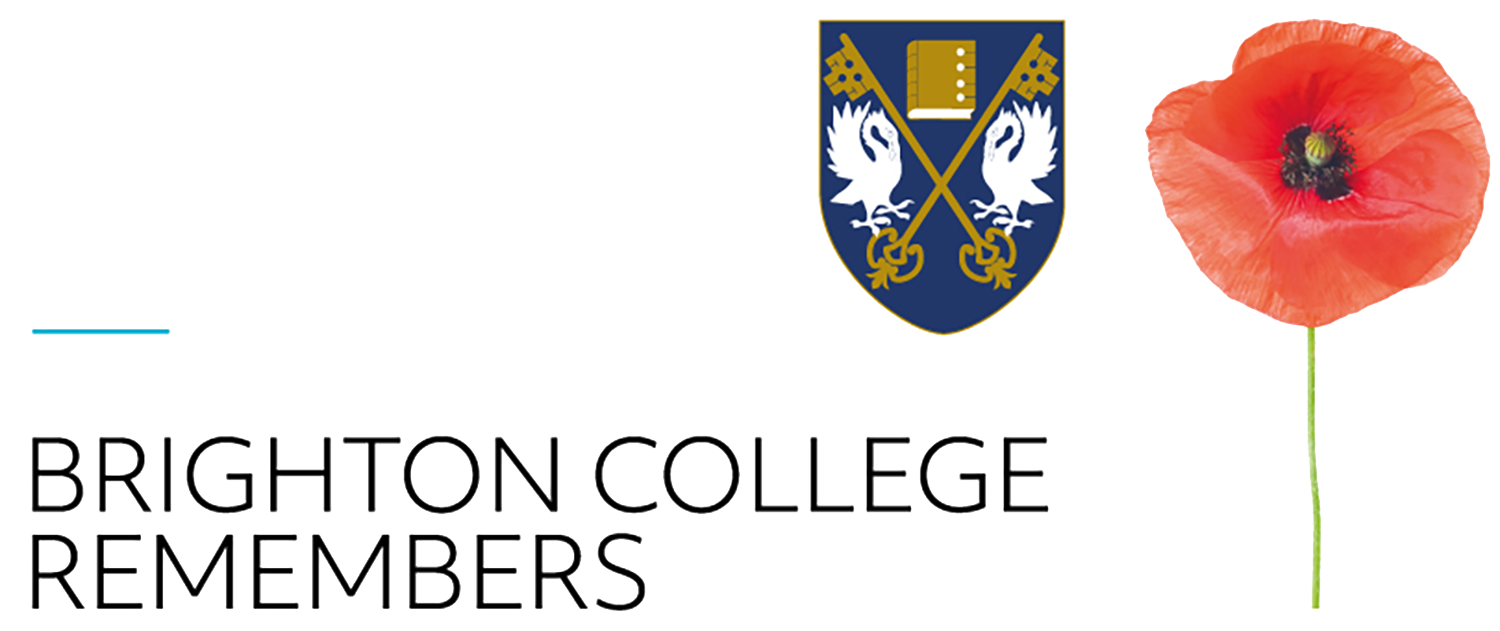Lance Corporal, London Regiment
Born: February 14th 1894
Died: May 9th 1915
Age at Death: 21
Killed in action, Aubers, France, May 9th 1915
Brighton College Register: Son of C.O. Lander of Hove.
A DONATION to the memorial statue has been made in honour of this soldier by the wheatley family.
"Val lived in Fulham, Hammersmith, Notting Hill and Shepherds Bush, all places which by coincidence we have lived. The happy years we lived there in peace are due to the bravery of young men like Val. He will never be forgotten."
A DONATION TO THE MEMORIAL STATUE HAS ALSO BEEN MADE IN HONOUR OF THIS FAMILY BY THE clARK FAMILY. sCOTT & sANDRA, GABRIELLE and Max.
A FURTHER DONATION TO THE MEMORIAL STATUE HAS BEEN MADE IN HONOUR OF THIS FAMILY BY THE Jiggens FAMILY
"for your service and sacrifice we must all be thankful".
An anonymous donation has also been made
"To the fallen, we owe so much"
a further DONATION FROM THE WILTSHIRE FAMILY
"Very moving, particularly having recently visited the battlefields".
further donation from Jennifer Colwell.
The National Army Museum holds a collection of objects relating to Lance Corporal Val Lander of the Kensingtons, who was killed during the struggle at Aubers Ridge. He was later Mentioned in Despatches for his bravery during the fighting.
Biography: Val Penruddock Oram Lander (1894-1915) was born on 14 February 1894. He was the second eldest of six children (two boys and four girls) born to Charles Oram Lander, an actor, and Emily Mary Penruddock Lander (née Clarke) of 13 Tavistock Place, Acton.
The family moved to 55 Fulham Park Gardens soon after Val’s birth. He attended school in the Fulham area. By 1911, his family had moved to 10 Ormiston Grove in Shepherd’s Bush and Val had become a student, preparing for a career in the mercantile service.
Following the outbreak of war in August 1914, Val enlisted in Kensington, joining 1/13th (County of London) Princess Louise’s Kensington Battalion, The London Regiment. Following mobilisation his unit moved to Abbotts Langley in November 1914 and landed at Le Havre on 13 November with 25th Brigade of 8th Division.
Val was promoted to lance corporal in early 1915. After a few months in the line near Laventie, he fought with his battalion at Neuve Chapelle in March. The Kensingtons lost 160 men in that battle.
Val’s body was never found in the aftermath of the Battle of Aubers Ridge. He is commemorated on the Ploegsteert Memorial at Hainaut, to the south of Ypres.
Source: National Army Museum
Lance Corporal Val Oram Penruddock Lander
Val Lander was born on February 14th 1894 in Hammersmith in west London to Emily Mary Penruddock Clarke (her maiden name) and Charles Oram Lander, an American actor who lived and worked in London. He had two brothers and four sisters. By 1911 the family was living in 2 Powis Square, Notting Hill, London an area which was then beginning to decline slightly but had a somewhat Bohemian air in keeping with his father Charles’ profession as an immigrant American actor. However, by the time Lander was serving on the Western Front the family had moved again to Barnes, South-West London, again an area favoured by the acting profession.
Lander was a pupil at Brighton College (Hampden House) from 1909 to 1912. After he left the school his immediate movements or occupation are not known but it appears clear that he was resident in London.
In August 1914 Lander enlisted at the Kensington recruiting station during the general rush which followed the outbreak of war. He served in the 13th (Princess Louise’ Kensington) battalion of the London Regiment. Although presumably his original rank was private he must have been highly thought of because it is clear that he gained rapid promotion to the rank of Lance-Corporal. On 9 May 1915 he was killed in action at the Battle of Aubers Ridge in France. The immediate circumstances of his death are unknown but he was, very unusually for a non-commissioned officer, mentioned in despatches for his conduct during the action in which he lost his life.
A number of items, including the letter informing Lander’s family that he had been posthumously mentioned in despatches, his service medals and, very movingly, an army button which the family had converted into a broach of remembrance have been deposited in the National Archives alongside Lander’s service record.
Source: LEST WE FORGET PROJECT, Brighton College 2014/15

